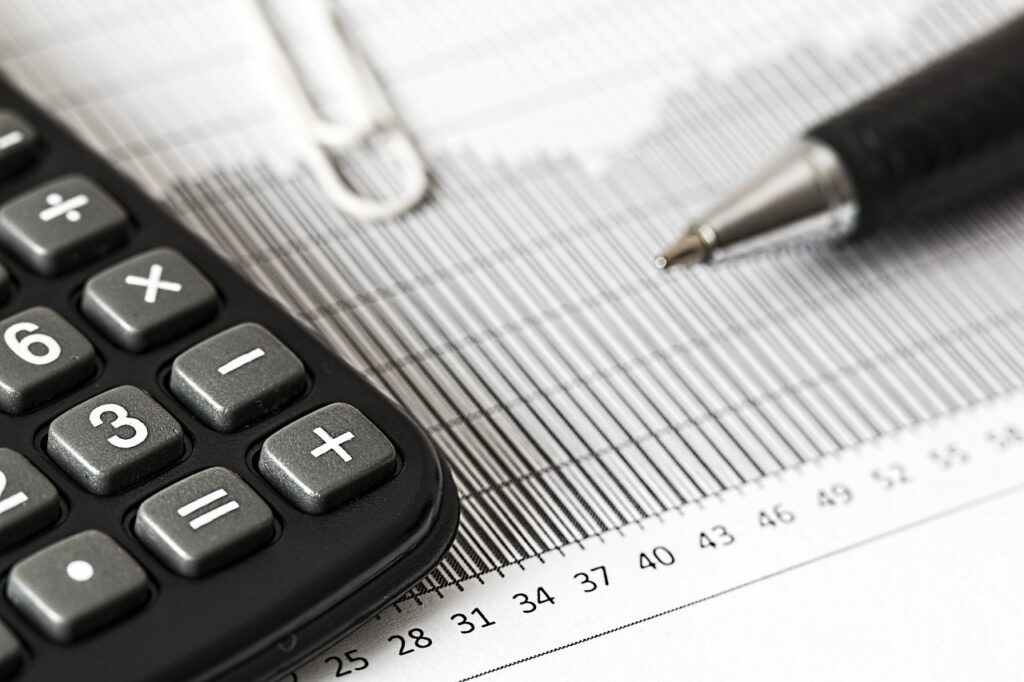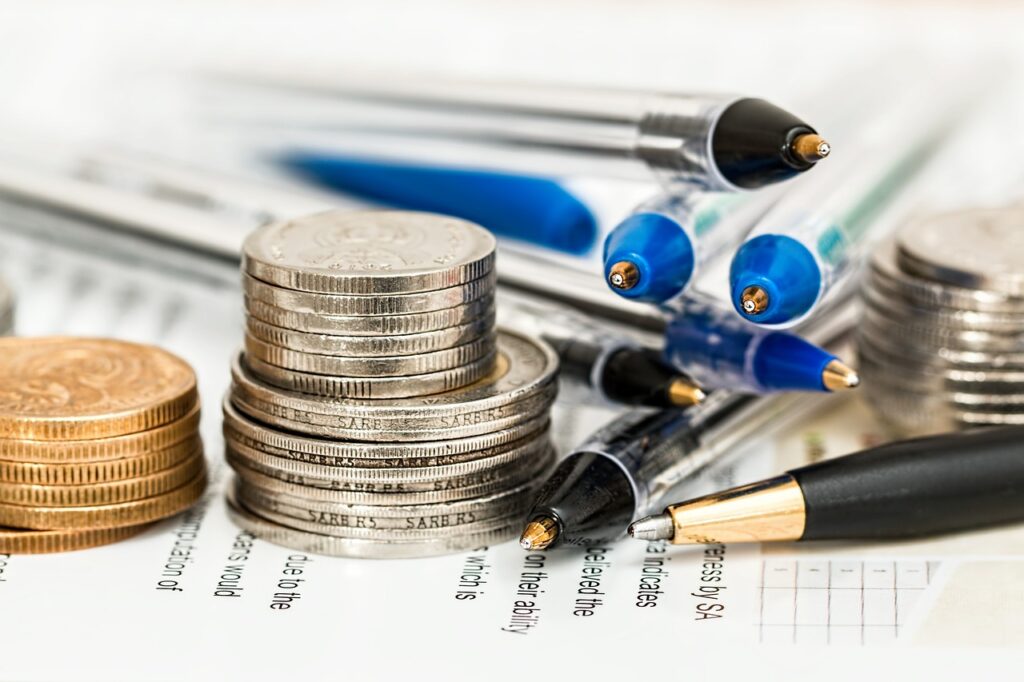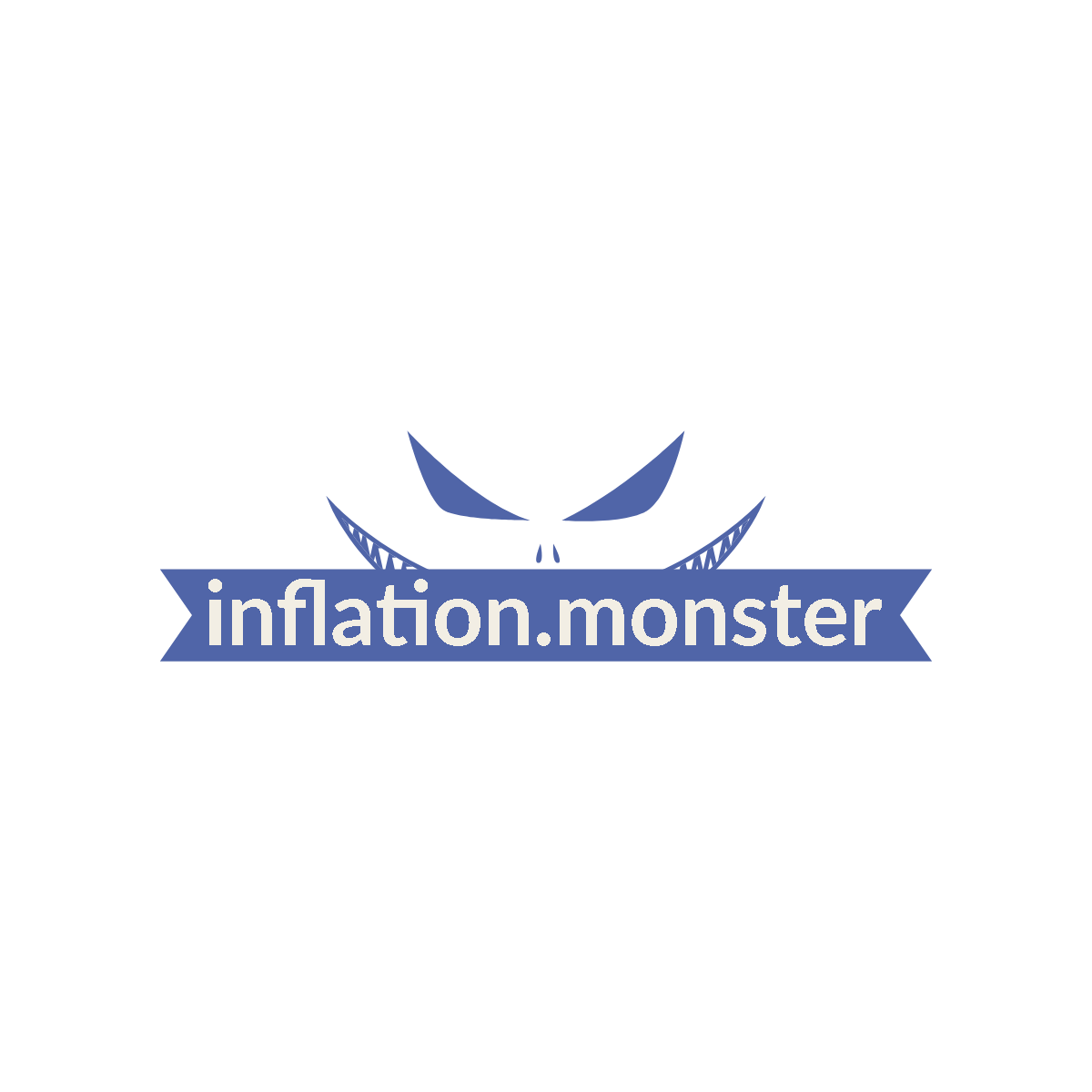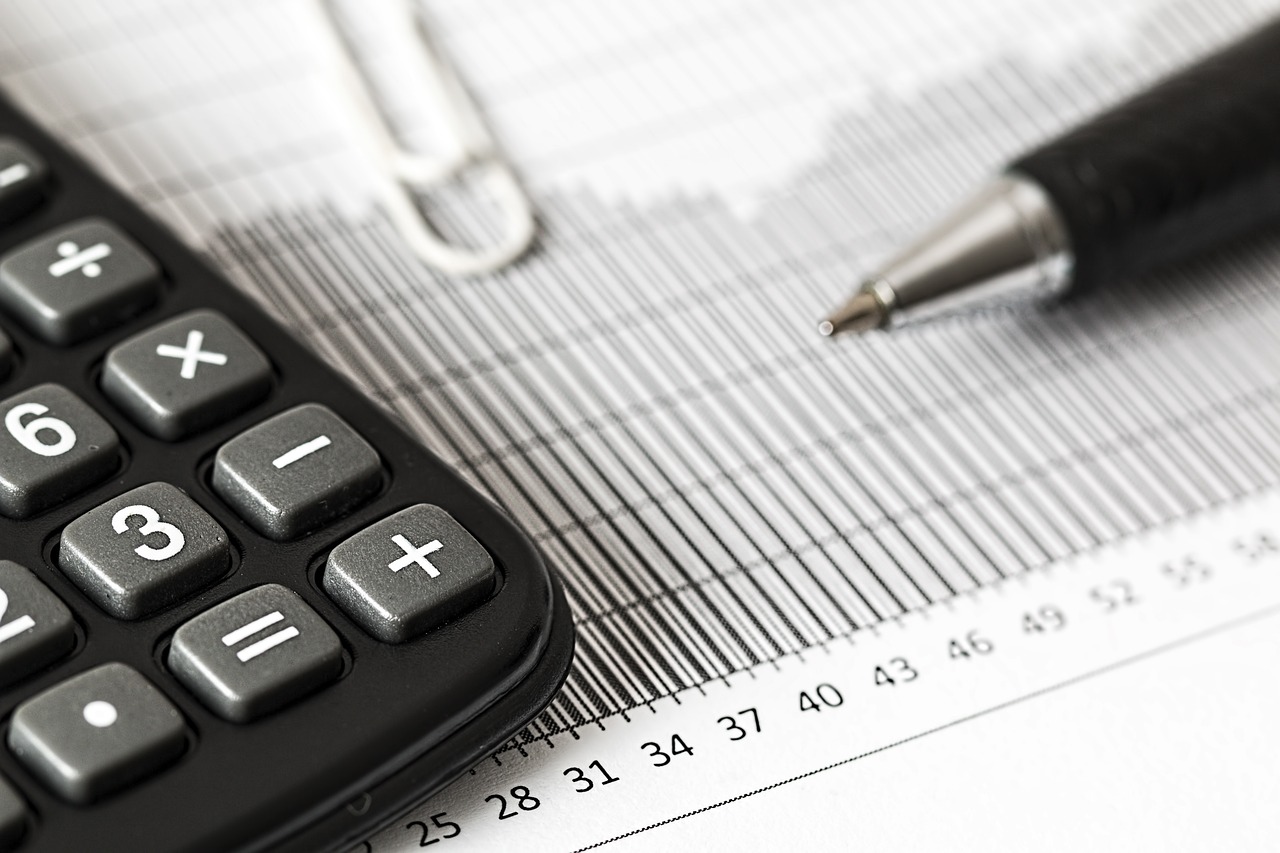Have you ever wondered about the true nature of inflation? Are you curious to know if the inflation monster is just a figment of our imagination or a real threat to our economy? Look no further, because here at Inflation.Monster, we are dedicated to uncovering the truth behind this enigmatic force. Join us as we embark on a journey to separate fact from fiction, myth from reality, and gain a deeper understanding of the beast that is inflation. Get ready to dive into the world of hard money, economics, and unravel the mysteries that lie within the inflation monster.

Understanding Inflation
Inflation is a term that is often thrown around in economic discussions, but what does it really mean? In simple terms, inflation refers to the increase in prices of goods and services over time. This means that the purchasing power of money decreases as the cost of living rises.
Definition of Inflation
Inflation can be defined as the sustained increase in the general price level of goods and services in an economy over a period of time. It is measured by various indicators such as the Consumer Price Index (CPI) or the Producer Price Index (PPI). When inflation is consistently high, it can erode the value of money and have a detrimental impact on the economy.
Causes of Inflation
There are several factors that can contribute to inflation. One of the main causes is an increase in the money supply. When there is more money in circulation, consumers have more purchasing power, which leads to higher demand for goods and services. This increase in demand can drive up prices.
Another factor that can contribute to inflation is cost-push inflation. This occurs when the cost of production, such as wages or raw materials, increases. When businesses face higher costs, they may pass on these costs to consumers in the form of higher prices.
Lastly, inflation can also be caused by demand-pull factors. When the overall level of demand in the economy exceeds the supply of goods and services, prices tend to rise. This can happen when there is an increase in government spending or when there is excess liquidity in the financial system.
Types of Inflation
Inflation can take on different forms depending on its severity and duration. One type of inflation is called creeping inflation, which refers to a gradual increase in prices over time. This is typically seen as a healthy level of inflation, as it allows for economic growth and stability.
Another type of inflation is called galloping inflation. This is characterized by a rapid acceleration in prices, often reaching double-digit or even triple-digit levels. Galloping inflation can have severe consequences for an economy, leading to economic instability and social unrest.
The most extreme form of inflation is hyperinflation. This occurs when prices skyrocket at an exponential rate, often resulting in the complete breakdown of a country’s currency. Weimar Germany in the 1920s and Zimbabwe in the 2000s are well-known examples of hyperinflation.
The Inflation Monster: Myth or Reality?
Inflation has been a topic of discussion and debate for many years. There are several myths and misconceptions surrounding this economic phenomenon. Let’s take a closer look at some of these myths and examine the reality of inflation.
Debunking Common Myths about Inflation
One of the most common myths about inflation is that it is always bad for the economy. While high and unstable inflation can certainly have negative consequences, a moderate level of inflation can actually be beneficial. It encourages spending and investment, stimulates economic growth, and allows for adjustments in wages and prices.
Another myth is that inflation is primarily driven by increases in wages. While wage increases can contribute to inflation, they are just one piece of the puzzle. Inflation is a complex phenomenon influenced by various factors, including changes in supply and demand, government policies, and global economic conditions.
Examining the Reality of Inflation
The reality of inflation is that it is a natural and inevitable part of any dynamic economy. As the economy grows and evolves, prices tend to rise. This is due to various factors such as population growth, technological progress, and changes in resource availability.
Moreover, inflation is largely influenced by monetary policy and the actions of central banks. These institutions play a crucial role in managing inflation and maintaining price stability. By adjusting interest rates and implementing other measures, central banks can control the level of inflation in an economy.
The Impact of Inflation on the Economy
Inflation can have both positive and negative effects on the economy. On the positive side, moderate inflation can stimulate economic growth by encouraging spending and investment. It also allows for adjustments in wages and prices, which helps to maintain a healthy labor market.
However, high and unstable inflation can have detrimental effects. It erodes the value of money, leading to a decrease in purchasing power. This can hurt consumers and reduce their standard of living. Inflation can also create uncertainty and distort the allocation of resources, making it difficult for businesses to plan for the future.
Overall, finding the right balance between inflation and price stability is crucial for a healthy and thriving economy. Central banks and policymakers play a vital role in achieving this balance through effective monetary policy.

The Role of Central Banks
Central banks play a crucial role in managing inflation and maintaining price stability. They have a range of tools and strategies at their disposal to achieve these objectives. Let’s explore some of the key aspects of the role of central banks in controlling inflation.
Inflation Targeting
One of the primary goals of central banks is to achieve price stability. To do this, many central banks employ a strategy known as inflation targeting. Inflation targeting involves setting a specific inflation target and using monetary policy to achieve that target.
By setting an inflation target, central banks provide clear guidance to the public and financial markets about their policy intentions. This helps to anchor inflation expectations and can contribute to more stable prices. Central banks typically aim for a low and stable rate of inflation, typically around 2%.
Monetary Policy Tools
Central banks have a range of tools at their disposal to implement monetary policy and control inflation. One of the most commonly used tools is the adjustment of interest rates. By raising or lowering interest rates, central banks can influence borrowing costs and spending levels, which in turn can impact inflation.
Central banks can also adjust reserve requirements for commercial banks. By increasing or decreasing the amount of reserves banks are required to hold, central banks can influence the amount of money in circulation and impact inflation.
Additionally, central banks can engage in open market operations, which involve buying or selling government securities in the market. These transactions can impact the level of liquidity in the financial system and influence inflation.
Quantitative Easing and Inflation
Another tool used by central banks in times of economic crisis is quantitative easing (QE). QE involves the purchase of government bonds or other financial assets by the central bank, with the aim of injecting liquidity into the economy.
The goal of QE is to stimulate economic activity and prevent deflation during times of economic downturn. However, there is a concern that excessive QE can lead to inflation if not managed carefully. The impact of QE on inflation depends on a variety of factors, including the strength of the economy and the effectiveness of other monetary policy tools.
Inflation and Consumer Prices
Inflation has a direct impact on consumer prices, which affects the purchasing power of individuals and households. Understanding how inflation affects consumer prices is essential for making informed financial decisions. Let’s delve into the relationship between inflation and consumer prices.
Understanding the Consumer Price Index (CPI)
The Consumer Price Index (CPI) is a widely used measure of inflation that reflects changes in the price level of a basket of goods and services commonly consumed by households. The CPI is calculated by taking price data from various sectors of the economy and weighting them based on their relative importance in household spending.
The CPI is used to track changes in the cost of living and is often used to adjust wages and social security benefits. It provides valuable information about the purchasing power of consumers and the impact of inflation on their budgets.
Factors Affecting Consumer Prices
There are several factors that can influence consumer prices and contribute to inflation. One of the main factors is the cost of production. When the costs of raw materials, labor, or energy increase, businesses may pass on these increased costs to consumers in the form of higher prices.
Another factor that can impact consumer prices is changes in demand and supply. When the overall level of demand exceeds the supply of goods and services, prices tend to rise. This can happen when there is strong economic growth or when there are supply disruptions, such as natural disasters or trade disruptions.
Inflation’s Effect on Purchasing Power
Inflation has a direct impact on the purchasing power of individuals and households. When prices rise, the same amount of money can buy fewer goods and services. This means that the value of money diminishes over time.
For example, if the inflation rate is 2% per year, the purchasing power of $100 will decline to $98 after one year. Over a longer period of time, the erosion of purchasing power can have a significant impact on consumers’ budgets and their ability to maintain their standard of living.
To protect their purchasing power, individuals and households may need to adjust their spending habits, seek higher wages or invest in assets that provide a hedge against inflation.

Historical Examples of Inflation
Throughout history, there have been several notable examples of inflation and the impact it can have on economies and societies. Let’s explore some of these examples and draw lessons from them.
Hyperinflation in Weimar Germany
One of the most infamous examples of hyperinflation occurred in Weimar Germany in the 1920s. As a result of the economic devastation brought about by World War I and the burden of war reparations, Germany faced a severe economic crisis.
To finance its massive debts, the government resorted to printing money, leading to a rapid devaluation of the currency. Prices skyrocketed, with people needing wheelbarrows of cash to buy basic necessities. This hyperinflation eroded the savings and wealth of the German population and had devastating social and economic consequences.
Inflation in Zimbabwe: From Breadbasket to Banknote
Another example of hyperinflation occurred in Zimbabwe in the 2000s. Under the leadership of President Robert Mugabe, the government engaged in reckless fiscal policies and land redistribution, leading to a collapse in agriculture and a sharp increase in government spending.
The inflation rate in Zimbabwe reached astronomical levels, with prices doubling or even tripling every day. The Zimbabwean dollar became virtually worthless, and the country experienced a severe economic and humanitarian crisis.
Lessons from the Great Inflation of the 1970s
In the 1970s, many advanced economies experienced a period of high inflation known as the Great Inflation. This was characterized by a sharp increase in oil prices, which led to higher costs of production and widespread price increases.
The Great Inflation taught important lessons about the impact of supply shocks on inflation and the importance of anchoring inflation expectations. Central banks learned the importance of setting clear and credible inflation targets and implementing effective monetary policy to control inflation.
Inflation vs. Deflation
While inflation is widely understood, its opposite, deflation, is less commonly discussed. Deflation refers to a sustained decrease in the general price level of goods and services. Let’s explore the concept of deflation and its impact on the economy.
Understanding Deflation
Deflation occurs when there is a decrease in the overall level of demand in the economy, leading to a decrease in prices. This can happen when there is a decrease in consumer spending, a decline in investment, or a contraction in the money supply.
Deflation can be caused by various factors, such as a decrease in government spending, a decrease in the money supply, or an increase in productivity. While a decrease in prices may sound appealing, deflation can have serious consequences for the economy.
Effects of Deflation on the Economy
Deflation can have significant negative effects on the economy. One of the main concerns is the impact on consumer spending. When prices are falling, consumers may delay purchases in anticipation of further price declines. This can lead to a decrease in consumer spending, which can further exacerbate the economic downturn.
Moreover, deflation can create a vicious cycle of economic decline. Falling prices can lead to reduced business revenue and profits, which can result in layoffs and wage cuts. This, in turn, can lead to lower consumer spending and further price declines, perpetuating a deflationary spiral.
The Dangers of Deflation
Deflation can have long-lasting and detrimental effects on the economy. It can lead to higher unemployment rates, decreased investment, and increased debt burdens. Additionally, deflation can make it more difficult for borrowers to repay their debts, as the value of money increases over time.
Central banks and policymakers often view deflation as a significant risk and take measures to combat it. They may implement expansionary monetary policies, such as lowering interest rates or engaging in quantitative easing, to stimulate demand and prevent deflation.
Inflation Hedge Strategies
Inflation poses risks to the value of money and can erode the purchasing power of individuals and businesses. As a result, investors often seek out strategies to protect their wealth from the impact of inflation. Let’s explore some common inflation hedge strategies.
Investing in Real Estate
Real estate has long been considered a reliable hedge against inflation. When inflation rises, the value of real estate tends to increase, allowing investors to preserve and grow their wealth. Additionally, rental income from real estate can provide a steady stream of cash flow to investors.
Investing in real estate can be done through direct ownership of properties or through real estate investment trusts (REITs), which pool investor funds to purchase and manage a portfolio of properties.
Gold and Precious Metals as Inflation Hedges
Gold and other precious metals have long been seen as safe-haven assets that can preserve wealth during times of economic uncertainty. Their limited supply and universal acceptance as a store of value make them attractive to investors seeking protection against inflation.
When inflation rises, the price of gold and other precious metals tends to increase, as investors flock to these assets as a hedge against currency devaluation. Investing in gold can be done through purchasing physical gold, gold exchange-traded funds (ETFs), or gold mining stocks.
Stocks and Inflation
Investing in stocks can also serve as an inflation hedge, albeit with higher risks and volatility compared to other assets. When inflation rises, companies may be able to increase their prices and generate higher revenues, leading to potential stock price appreciation.
However, not all stocks perform well during periods of inflation. Certain industries, such as commodities, energy, and healthcare, may benefit from inflationary pressures, while others, such as consumer discretionary or technology, may face challenges.
When considering stocks as an inflation hedge, it is important to conduct thorough research and diversify investments to mitigate risks.
Inflation’s Impact on Personal Finances
Inflation can have a significant impact on personal finances, affecting both saving and borrowing decisions. Understanding how inflation can erode the value of money and impact financial decisions is crucial for individuals to protect and maintain their purchasing power.
Savings and Inflation
Inflation erodes the value of cash over time, making it important for individuals to consider strategies to protect their savings from the impact of inflation. Simply holding cash in a low-interest savings account can result in a loss of purchasing power over time.
One way to combat the effects of inflation is to invest in assets that have the potential to generate higher returns, such as stocks, bonds, or real estate. Additionally, diversifying investments and regularly reviewing them to align with changing economic conditions can help preserve and grow wealth over time.
Debt and Inflation
While inflation can erode the value of money, it can also have a positive impact on individuals with debt. Inflation effectively reduces the real value of debt over time, as the amount owed remains fixed while the value of money decreases.
For individuals with fixed-rate loans, such as mortgages, inflation can make the burden of debt more manageable over time. The key is to ensure that the interest rate on the debt is lower than the inflation rate, allowing individuals to effectively pay back debt with less valuable currency.
Strategies for Protecting Personal Finances
To protect personal finances from the impact of inflation, individuals can adopt several strategies. These include investing in assets that have historically provided protection against inflation, such as stocks, real estate, or commodities.
Diversification is also important to mitigate risks. By spreading investments across different asset classes and geographies, individuals can reduce their exposure to any one type of risk.
Regularly reviewing and adjusting financial plans is also crucial. Economic conditions and inflation rates can change over time, and individuals need to ensure that their financial strategies remain aligned with their goals and risk tolerance.
Inflation Forecasting and Indicators
Forecasting inflation and understanding its future trajectory is an important aspect of economic analysis. Central banks, policymakers, and investors rely on various indicators and tools to predict and monitor inflation. Let’s explore some key aspects of inflation forecasting.
Leading Economic Indicators
When it comes to forecasting inflation, economists often look at leading economic indicators that provide insights into the future direction of the economy. These indicators can include measures such as consumer confidence, business investment, and housing market activity.
By analyzing these leading indicators, economists can make predictions about the future level of economic activity and inflation. This information is valuable for central banks and policymakers as they formulate monetary policy and make decisions that impact the overall economy.
Inflation Expectations
One important factor that impacts future inflation is inflation expectations. Inflation expectations refer to the beliefs and predictions individuals and businesses have about future price levels. These expectations can influence behavior and spending decisions, which in turn can impact actual inflation.
Central banks closely monitor inflation expectations and take steps to manage them. If inflation expectations become unanchored or start to increase significantly, central banks may raise interest rates to control inflationary pressures and prevent expectations from becoming self-fulfilling.
The Role of Fiscal Policy
In addition to monetary policy, fiscal policy also plays a role in influencing inflation. Fiscal policy refers to government spending and taxation decisions. When governments increase spending or reduce taxes, this can stimulate demand in the economy and have inflationary effects.
Conversely, when governments reduce spending or increase taxes, this can have a deflationary impact, as it reduces overall demand and decreases spending levels. Both monetary and fiscal policymakers must coordinate their actions to ensure a balanced approach to managing inflation and promoting economic stability.
Conclusion
Inflation is a complex economic phenomenon that can have wide-ranging effects on individuals, businesses, and economies. Understanding the causes and types of inflation, as well as its impact on consumer prices and personal finances, is crucial for navigating the financial landscape.
Central banks play a vital role in managing inflation through inflation targeting and monetary policy tools. Additionally, investors can adopt strategies such as investing in assets that act as inflation hedges, diversifying their portfolios, and regularly reviewing their financial plans.
While inflation can have negative consequences, it is also a natural part of a dynamic economy. By debunking common myths and understanding the reality of inflation, individuals can make informed financial decisions and protect their wealth from the inflation monster.




